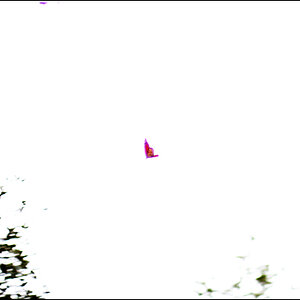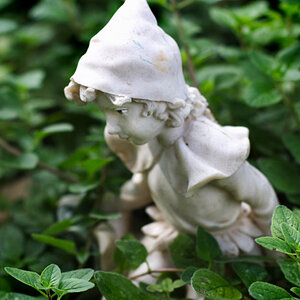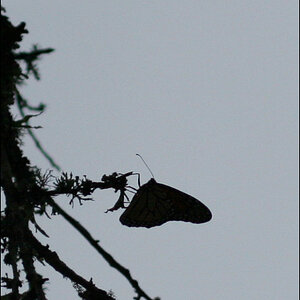Aloicious
No longer a newbie, moving up!
- Joined
- Mar 12, 2010
- Messages
- 1,661
- Reaction score
- 452
- Location
- UT
- Website
- www.photographywild.com
- Can others edit my Photos
- Photos NOT OK to edit
Didn't the OP have a recent thread where we went all the way down the macro/extension tube road?
If I recall correctly (and given the beverage I'm enjoying at the moment, it IS possible that my recaller is not at optimum level...), what the OP really wants isn't MACRO shots of little hammie--he just wants good, crisp, sharp shots--the kind where you can see the individual little hairs on the furball.
Personally, I think the OP thinks the extension tubes or a macro lens are going to do something that they aren't going to do, which is fix his focusing problem. AND, the extension tubes are likely to just make the exposure problem worse as well, since the OP seems reluctant to unleash the power of OCF on his nocturnal friend.
As far as I'm concerned, this is ALL about learning how to focus and get good exposure. If any money were going to spent, I'd suggest it be spent on either a speedflash or maybe something like 50mm f/1.8 since he's probably dealing with fairly low light situations.
I couldn't agree more, that's why I keep recommending that he back up a little. proper lighting and proper focus is what he should be striving for and will give the best results. and he simply can't do that if he doesn't move the camera further back, a 50mm f1.8 has an even further minimum focus distance IIRC, so with what he's currently doing I don't think that's the way to go though.


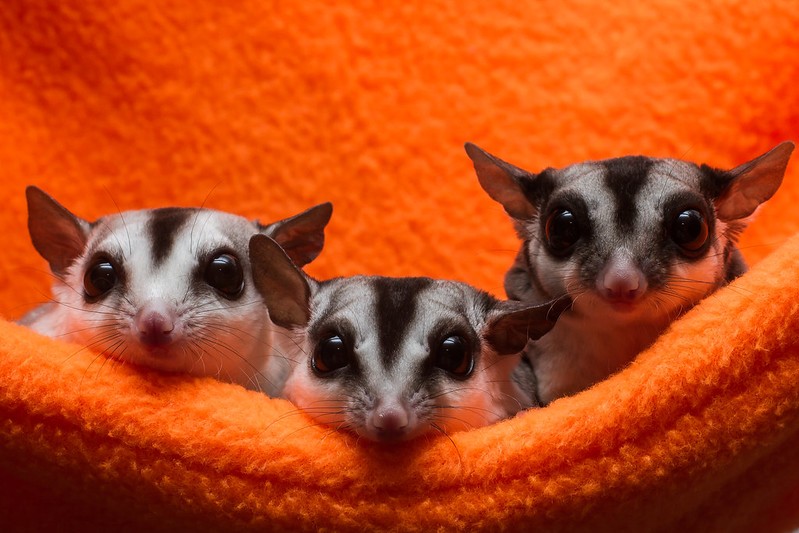

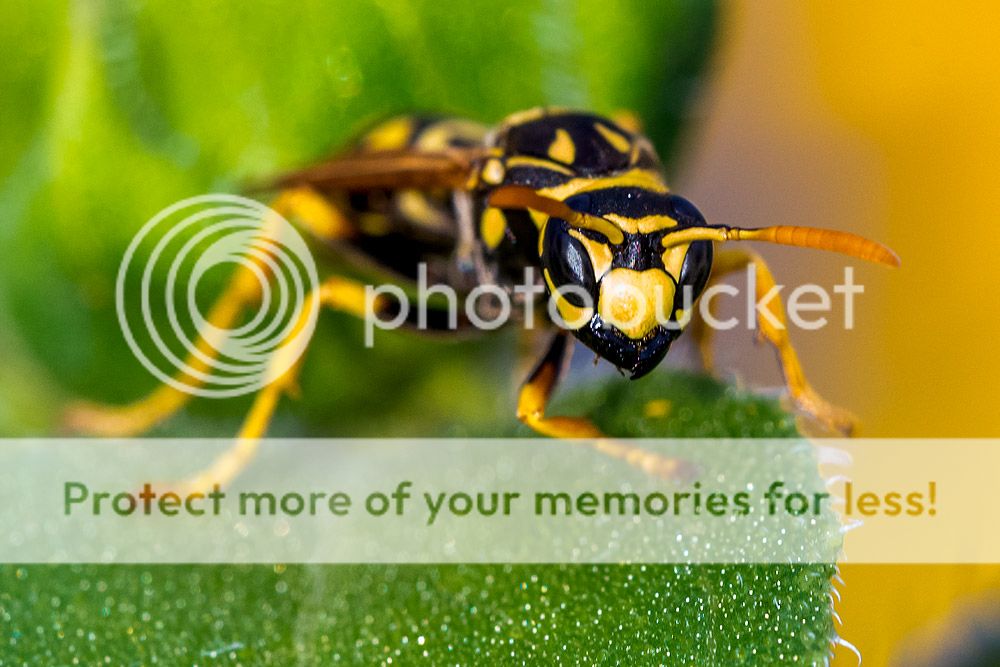
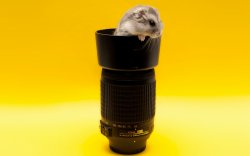
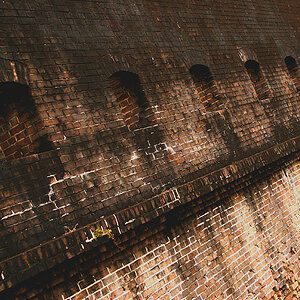
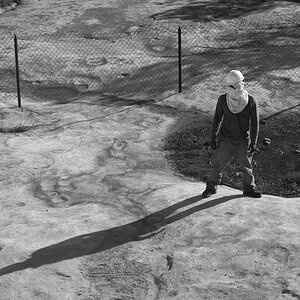


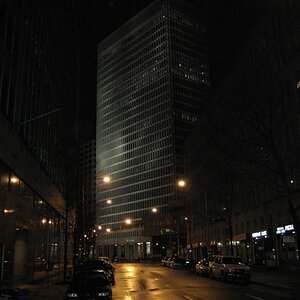
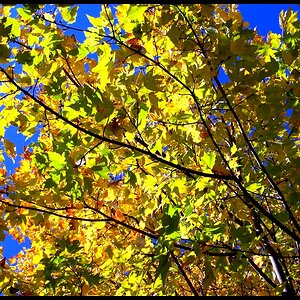
![[No title]](/data/xfmg/thumbnail/39/39290-dfb3e819bd94a7f30797638ae1ae27cf.jpg?1619738958)

![[No title]](/data/xfmg/thumbnail/39/39491-353a6df9b207e97dadcdce4f98248fcd.jpg?1619739051)
